
Endurance Athlete Consulting by Senska Physical Therapy Plantar Fasciitis or Tibialis Posterior
The tibialis posterior muscle is the most central of all the leg muscles, and is located in the deep posterior compartment of the leg. It is the key stabilizing muscle of the lower leg . Posterior Tibial Tendonitis Posterior Tibial Tendonitis is a condition that predominantly affects runners and active individuals.
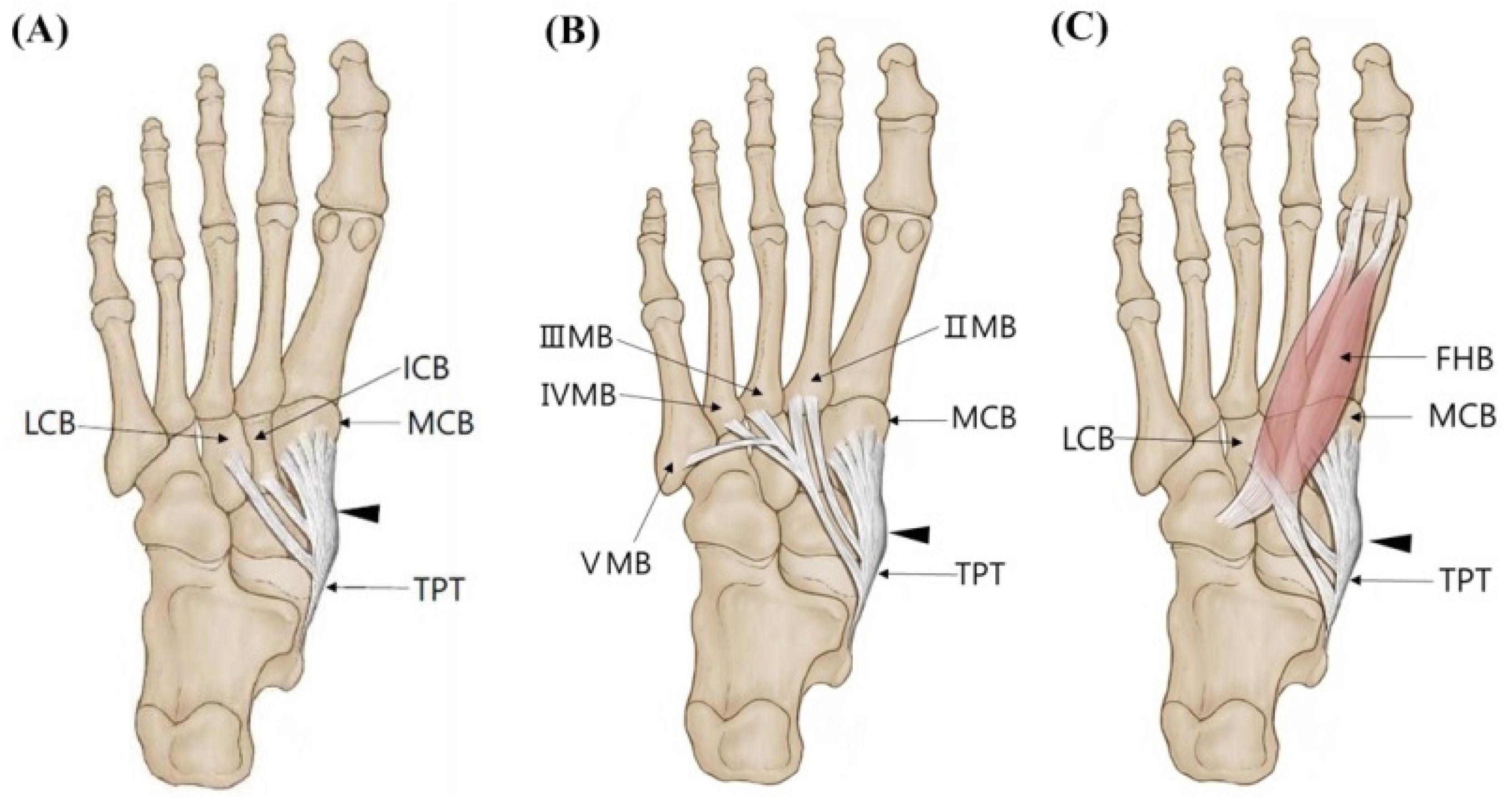
Diagnostics Free FullText A New Anatomical Classification for Tibialis Posterior Tendon
The tibialis posterior muscle, originating from the proximal tibia and fibula, passes distally with a broad insertion on the plantar aspect of the navicular, cuneiform, cuboid, and metatarsal bases and normally functions to invert the subtalar joint and to adduct the forefoot.

Image result for tibialis posterior origin and insertion Musculoskeletal system, Muscle and
The tibialis posterior is a muscle within the deep compartment of the posterior leg. Is it located between the flexor digitorum longus and flexor hallucis longus muscles.

Tibialis Posterior Origin And Insertion
Definition Origin: Tibia, fibula Insertion: Navicular, medial cuneiform Artery: Posterior tibial artery Nerve: Tibial nerve Action: Inversion of the foot, plantar flexion of the foot at the ankle Antagonist: Tibialis anterior muscle Description:

Musculoskeletal Anatomy Quiz The bones muscles and muscular
Origin: The posterior tibialis originates from the superior two-thirds of the medial posterior surface of the tibia. Insertion: The tendon of the posterior tibialis courses distally, bifurcating at the calcaneonavicular ligament, to insert on the tuberosity of the navicular bone (superficial slip) and the plantar surfaces of the second, third, and fourth metatarsals (deep slip).
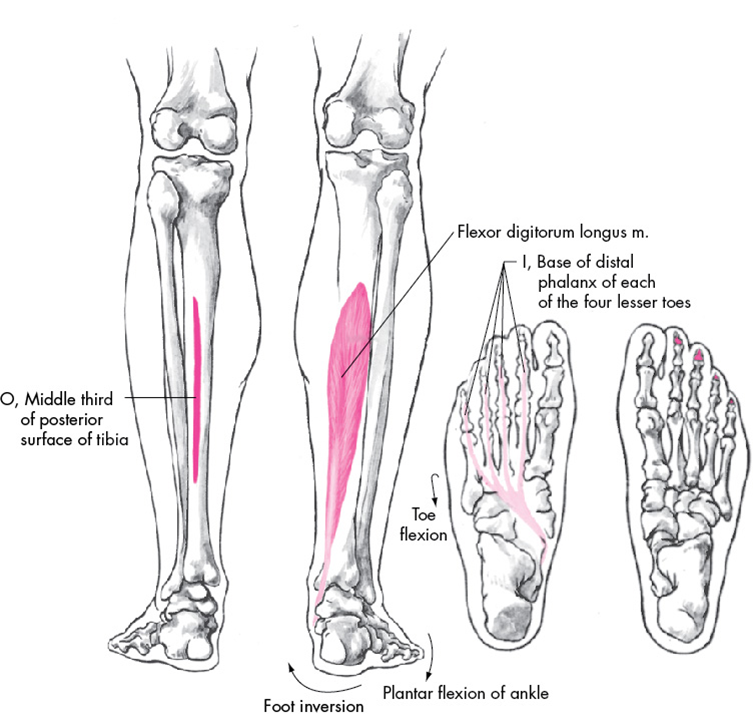
M Tibialis Posterior
The tibialis posterior muscle originates from the interosseous membrane, while the posterior surface of the adjoining parts of the tibia, fibula, and muscle belly becomes the tibialis posterior tendon (TPT) in the distal third of the calf.
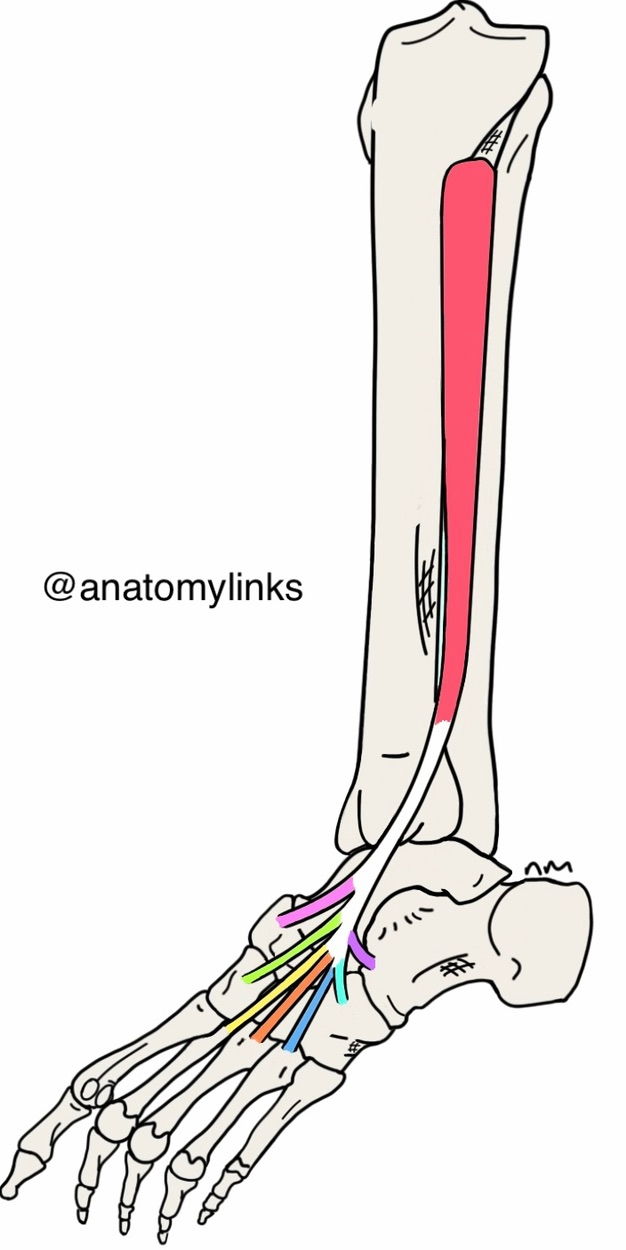
Tibialis Posterior Muscle Dr. Justin Dean
The tibialis posterior muscle originates from the: - lateral aspect of the area of the posterior surface of the tibia that is located inferior to the soleal line; - medial aspect of the proximal two thirds of the posterior surface of the fibula; - posterior aspect of the adjacent interosseous membrane of leg; - adjacent intermuscular septa.

Tibialis Posterior Origin and Insertion Anatomy and physiology, Anatomy, Med school
Tibialis Posterior Origin: Posterior aspect of interosseous membrane, superior 2/3 of medial posterior surface of fibula, superior aspect of posterior surface of tibia, and from intermuscular septum between muscles of posterior compartment and deep transverse septum
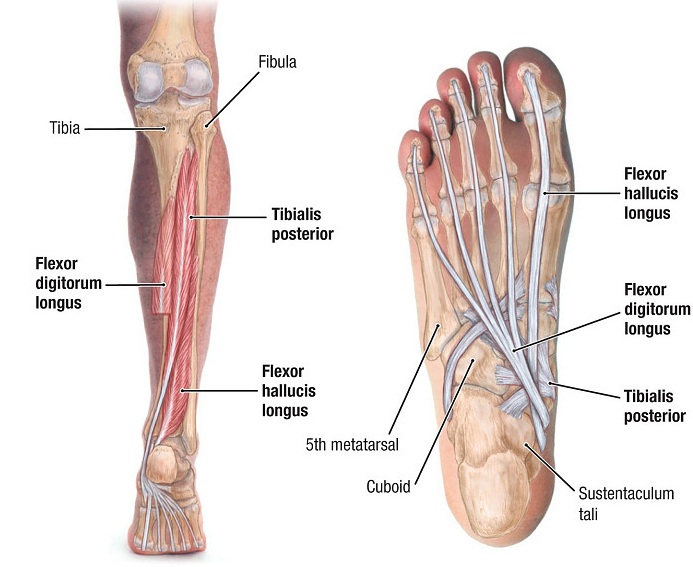
Tibialis Posterior Origin, Insertion, Anatomy and Function
The tibialis posterior (TP) muscle has a vital role during gait; via multiple insertion points into the tarsal bones it acts as the primary dynamic stabiliser of the rearfoot and medial longitudinal arch (MLA) [1, 2].The significance of TP function is evident when the muscle and tendon are dysfunctional, whereby stability of the foot is compromised and is associated with a progressive flatfoot.

insertion/origin of tibialis posterior and flexors Diagram Quizlet
⭐ Tibialis Posterior Muscle Anatomy ⭐ 💪 Origin: Posterior surface of tibia, posterior surface of fibula, posterior interosseous membrane. 💪 Insertion: Navicular bone tubercle,.

Tibialis Posterior Muscle Geelong Myotherapy & Wellness Centre
1 2 3 4 Attachments of Tibialis Posterior Muscle: Origin & Insertion Origin: (proximal attachments): a. Lateral portion of posterior, proximal tibia. b. Interosseous membrane. c. Medial portion of posterior, proximal half of fibula. Insertion: (distal attachments):

Tibialis Posterior Allied Anatomy
Introduction. The tibialis posterior (TP) muscle has a vital role during gait; via multiple insertion points into the tarsal bones it acts as the primary dynamic stabiliser of the rearfoot and medial longitudinal arch (MLA) [1,2].The significance of TP function is evident when the muscle and tendon are dysfunctional, whereby stability of the foot is compromised and is associated with a.

Tibialis Posterior Muscle Calf and Foot Pain The Wellness Digest
Tibialis posterior is attached between the bones of the leg and the foot. The muscle consists of two parts close to its origin; medial and lateral. The medial portion arises from the upper two-thirds of the posterior surface of tibia, inferior to the soleal line, and from the posterior surface of interosseous membrane of leg.

Tibialis Posterior Insertion
The tibialis posterior muscle (TPM) is the deepest muscle of the deep posterior compartment of the lower leg. Its long muscle belly arises from the posterior aspect of the interosseous membrane and superior two-thirds of the posterior and medial surface of the fibula, and the superior aspect of the proximal tibia.

tib post origin and insertion Google Search Muscle Origins and Insertions Pinterest
Description The Tibialis Posterior is located deep in the posterior compartment of the lower leg and situated between the Flexor Digitorium Longus and the Flexor Hallucis Longus. It is a key stabilising muscle supporting the medial arch of the foot. Origin The origin of the muscle is [1] : Proximal postero-lateral aspect of the tibia.
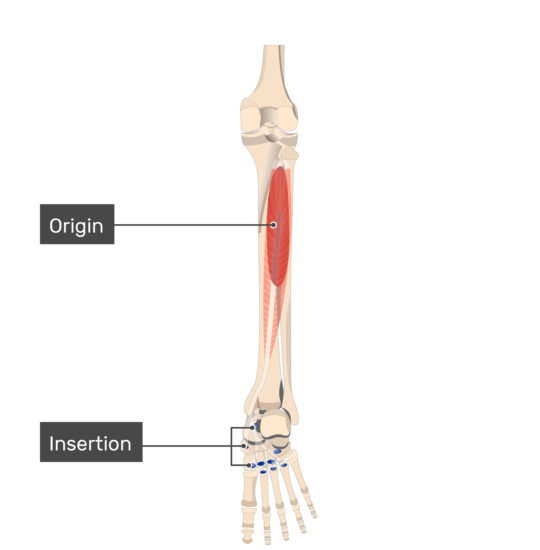
Tibialis Posterior Muscle Attachments, Actions & Innervation GetBodySmart
Tibialis posterior . Origin. Posterior aspect of interosseous membrane, superior 2/3 of medial posterior surface of fibula, superior aspect of posterior surface of tibia, and from intermuscular septum between muscles of posterior compartment and deep transverse septum. Insertion. Splits into two slips after passing inferior to plantar.